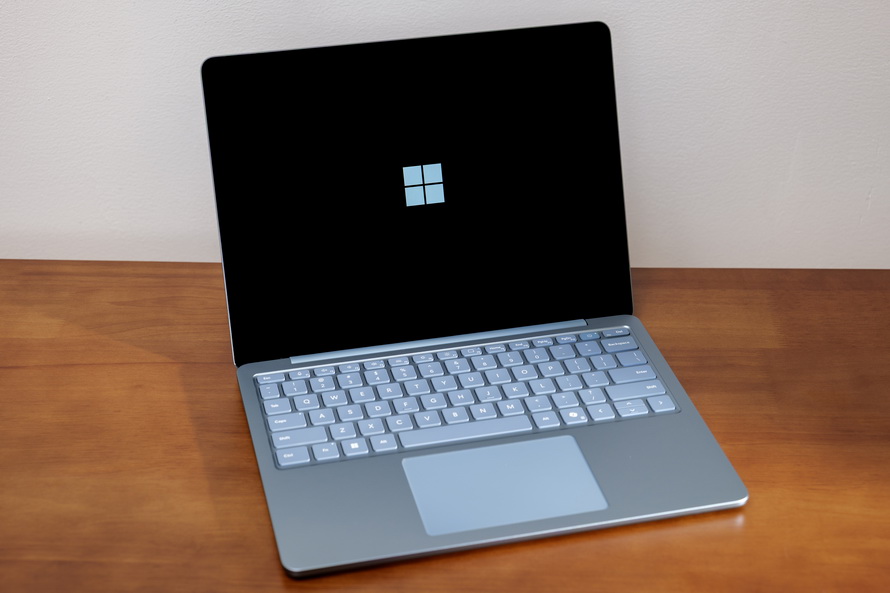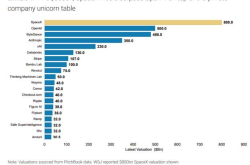Microsoft Surface Laptop 13-inch Review: Embarking on the AI+ PC Era with Win11
![]() 08/20 2025
08/20 2025
![]() 626
626
In 2025, AI has become indispensable in the tech landscape. Microsoft, a stalwart in the industry, has been swift in its AI endeavors. In 2019, it invested $1 billion in OpenAI, the company behind ChatGPT, and in 2023, it further injected $10 billion. Beyond its financial prowess, Microsoft has seamlessly integrated AI into its products, beginning with Bing and later extending to Word, Excel, and PowerPoint in the Office suite. This year, it introduced the first Windows PC specifically designed for AI—Windows 11 AI+ PC (Copilot+ PC).
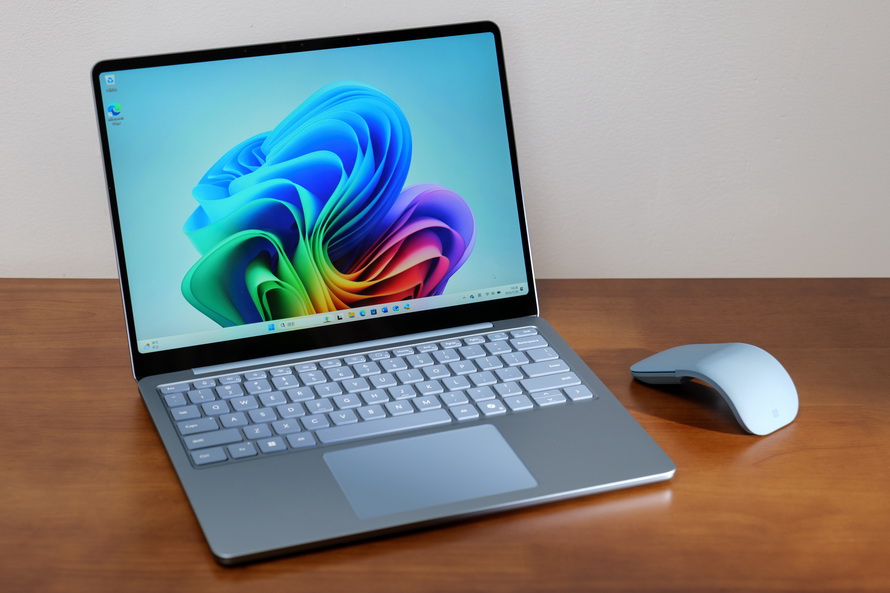
Microsoft's Windows 11 AI+ PC is a fusion of software and hardware innovation. It incorporates the OpenAI GPT-4 model and requires an AI chip with over 40 TOPS of computing power to enable functions like real-time speech translation, drawing, and text/image generation. As a showcase for this technology, Microsoft launched the Surface Pro (12-inch) and Surface Laptop (13-inch). To experience the Windows 11 AI+ PC firsthand, we received the Surface Laptop, 13-inch (hereinafter referred to as Surface Laptop).
Hardware Configuration
Unlike most Windows laptops that use X86 processors, the Surface Laptop, being the first Windows 11 AI+ PC, employs the Qualcomm Snapdragon X Plus processor. Released in April 2024, the Snapdragon X Plus is an ARM-based PC chip built on a 4nm process. It boasts 10 Oryon CPU cores with a maximum clock speed of 3.4GHz and a total cache of 42MB. Although it has two fewer cores than the Snapdragon X Elite, making it the "lite" version, its NPU computing power remains at 45 TOPS. Additionally, it features a GPU with 3.8 TFLOPS of computing power, supporting a single 120Hz screen and up to three external 4K60Hz displays.
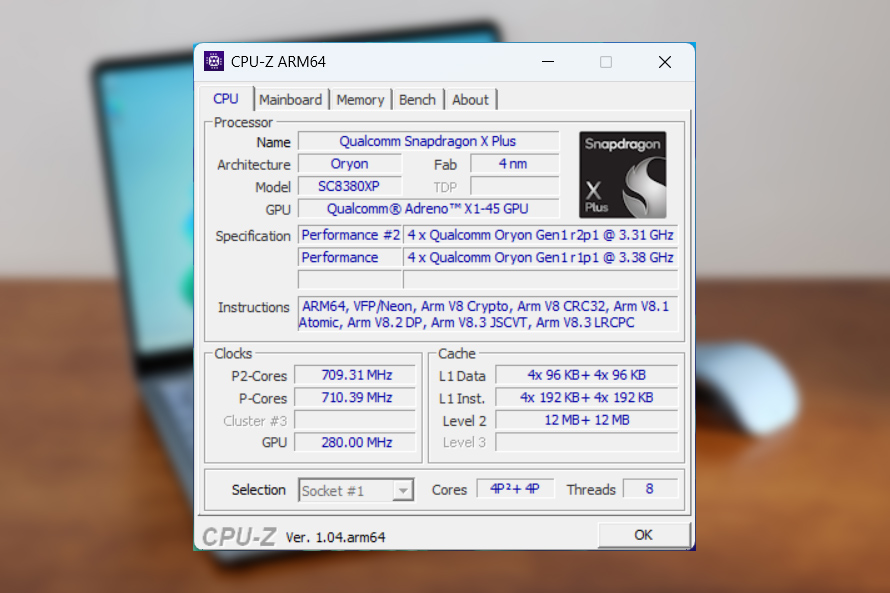
Despite being the "lite" version, the Snapdragon X Plus does not disappoint in performance. According to Qualcomm, in the Cinebench 2024 multi-threaded test, its CPU outperforms Intel's Ultra 7 155H by 28% under similar power consumption, while consuming 39% less power to achieve the same peak performance as the Ultra 7 115H. In graphics performance, the Snapdragon X Plus scores 36% higher than the Ultra 7 155H in the 3DMARK WildLife Extreme test under the same power consumption, consuming only half the power to match its peak performance. It is a processor designed for high efficiency.
To further enhance power efficiency, the Surface Laptop is equipped with 16GB LPDDR5x memory operating at 8448MT/s and UFS-based flash storage available in 256/512GB options. UFS (Universal Flash Storage) is an upgraded version of eMMC, supporting full-duplex communication. The latest UFS 4.0 offers a bandwidth of 23.2Gbps and is commonly used in smartphones and tablets, providing better power efficiency compared to the typical NVMe bus in PCs.
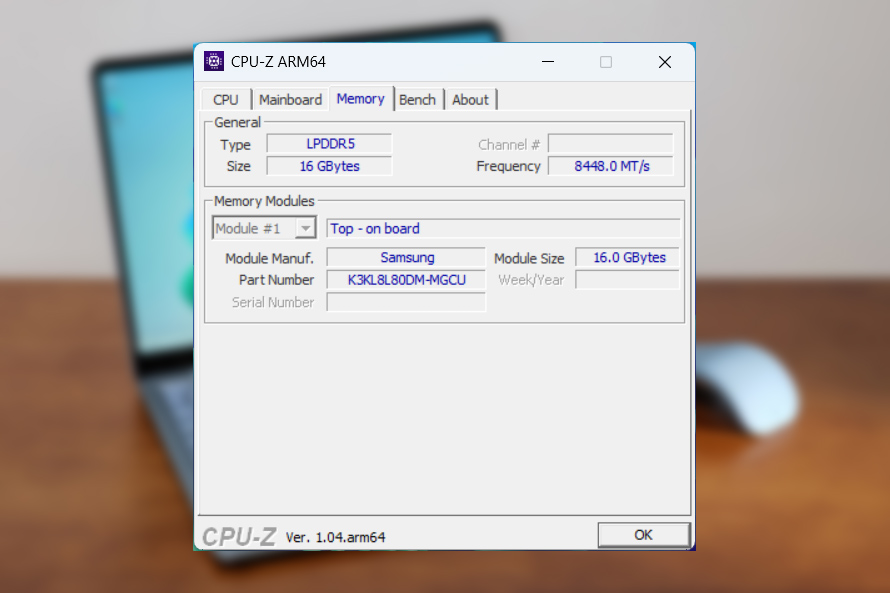
In terms of connectivity, the Surface Laptop features a USB-A port and a 3.5mm headphone jack on the left side, and two USB-C ports on the right. Both USB-C ports support charging and data transfer, offering up to 60W of charging power and dual 4K60Hz output. Additionally, it supports Wi-Fi 7 and Bluetooth 5.4 technology via the Surface Thunderbolt 4 docking station.

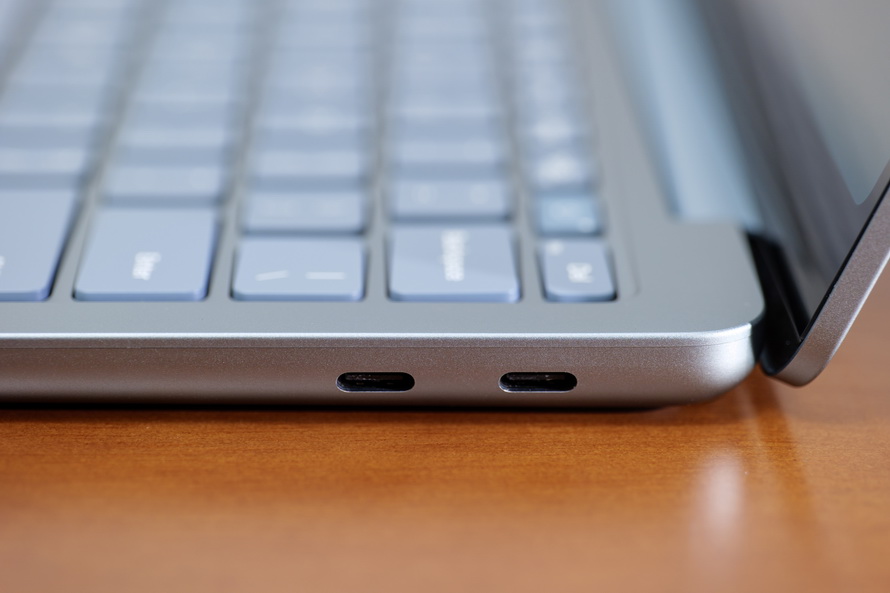
The Surface Laptop sports a 13-inch PixelSense display with 10-point touch support, a resolution of 1920*1280, and a peak brightness of 400 nits. Its 3:2 aspect ratio provides a larger screen area compared to a 16:9 13-inch display. Measuring only 15.6mm in thickness and weighing 1.22KG, the laptop also features a Surface Studio camera capable of capturing 1080P video above the screen.

For security, the laptop supports Microsoft Pluton TPM 2.0, and the power button incorporates Windows Hello fingerprint functionality, allowing users to unlock the device with their fingerprint in public settings, mitigating the risk of password/PIN leakage via the keyboard.
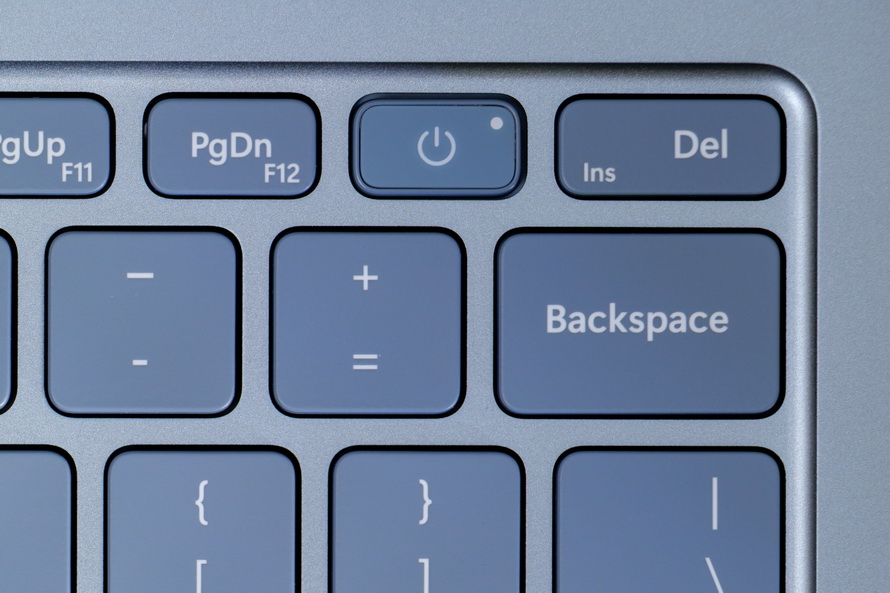
AI Features
The Windows 11 AI+ PC shines with its AI capabilities, leveraging local computing power, particularly emphasizing NPU performance. Compared to GPUs, NPUs often consume less power for the same computing tasks, significantly enhancing the laptop's battery life.
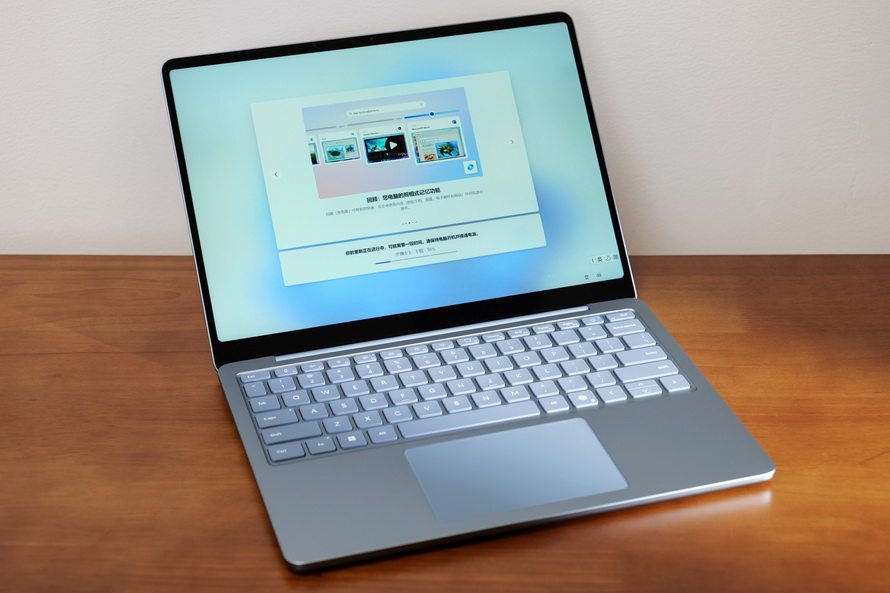
Currently, Windows 11 AI+ PC offers six AI functions: Recap (preview), Enhanced Windows Search, Click to Run (preview), Paint - Smart Background Removal, Live Captions, and Windows Studio Effects. These features substantially boost work efficiency.
Video conferencing is now an integral part of daily work. The Surface Laptop integrates a 1080P Surface Studio camera, eliminating the need for external devices. Although laptop cameras cannot match DSLR sensors for creamy bokeh, the Windows Studio Effects feature offers background blurring, automatic subject tracking, and eye contact correction, maintaining a professional image during video calls. This effect is powered by the NPU, making it more energy-efficient than CPUs or GPUs, ensuring the laptop lasts through meetings in coffee shops or airports.
Beyond Windows Studio Effects, the real-time translation feature during video conferences translates any audio from the computer, whether from a conference call or a video on Bilibili. It supports over 40 languages, translating them instantly into English subtitles and vice versa, even offline.

At work, tasks like blurring image backgrounds to highlight subjects are common. Instead of using resource-intensive software like Photoshop, the new Click to Run (preview) and Paint - Smart Background Removal functions on Windows 11 AI+ PC offer practical solutions. Click to Run (preview) is a global Windows function. For instance, in Word, enabling this feature and selecting a photo allows routine edits like cropping, contrast adjustment, and background blurring/deletion/replacement.

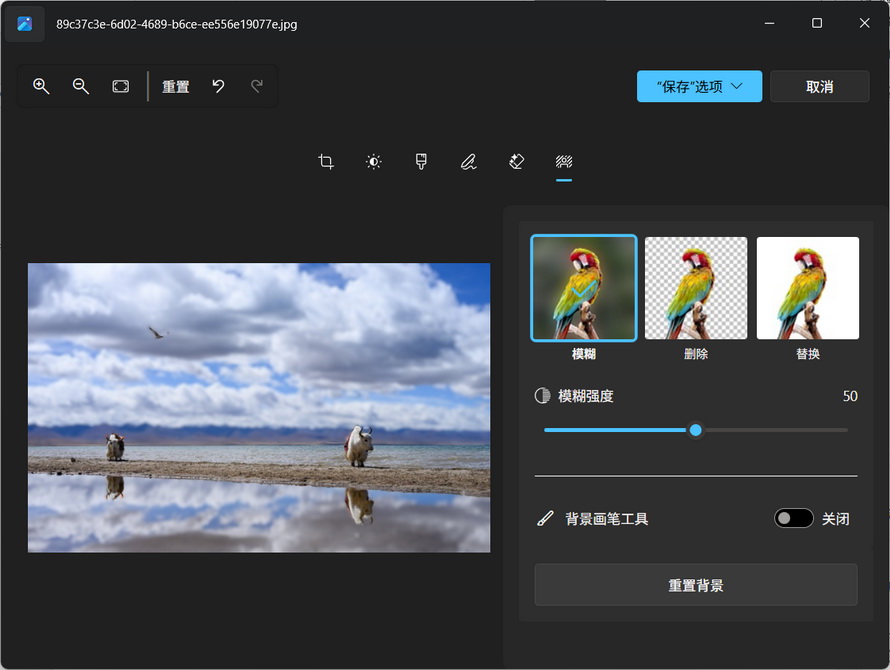
For multiple photos, the Paint tool's new Smart Background Removal function simplifies background removal with a few clicks.
Windows users know the struggle of searching for files without knowing the filename. Enhanced Windows Search solves this with natural language queries. For example, searching "scenery" in the images folder uses the NPU to retrieve and display matching images.
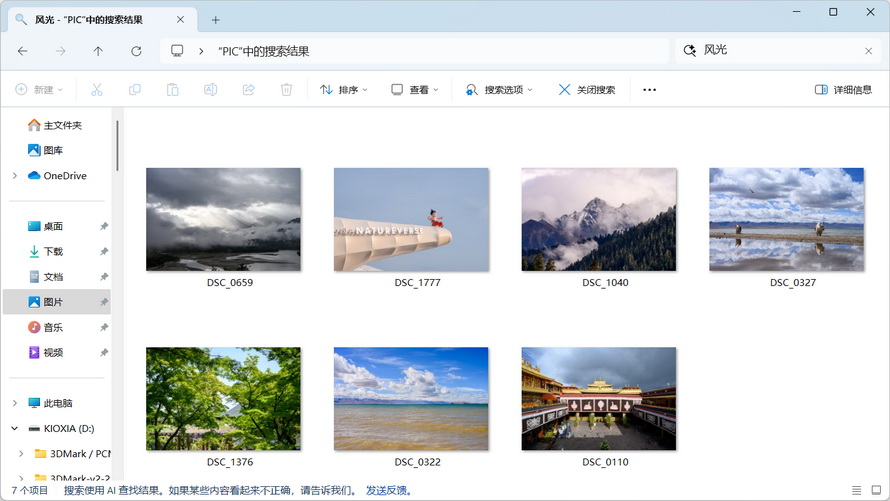
Recap (preview) functions like a system-wide browser history, allowing users to revisit content and task information, facilitating the search for previously handled matters.
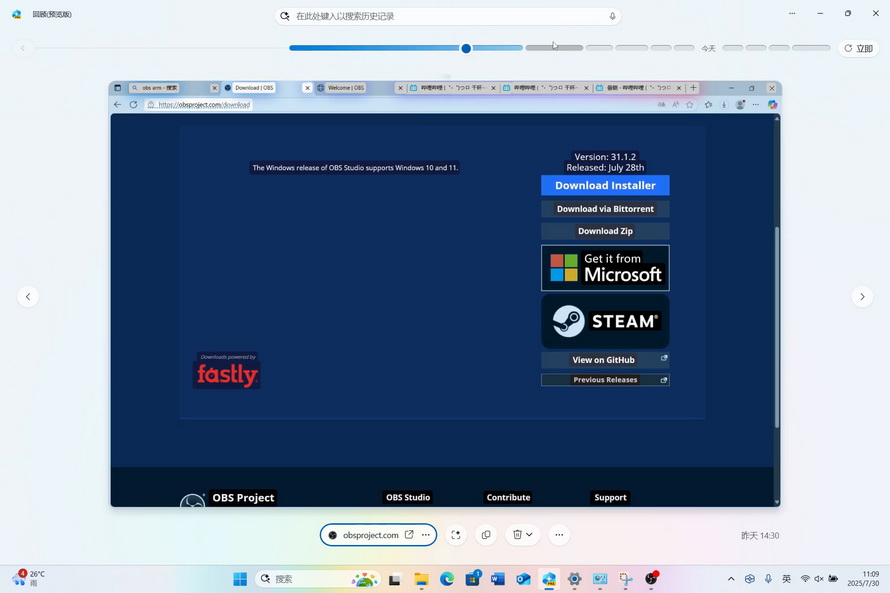
With these features, Windows 11 AI+ PC operates akin to a smartphone, offering system-integrated functions instead of relying on large software, enhancing operation efficiency and usability.
Performance Testing
Traditionally, Qualcomm processors are known for their low power consumption in smartphones and tablets. Can the Qualcomm Snapdragon X Plus in the Surface Laptop meet daily needs and deliver impressive battery life? To find out, we tested the laptop's performance under both powered and battery-powered conditions.
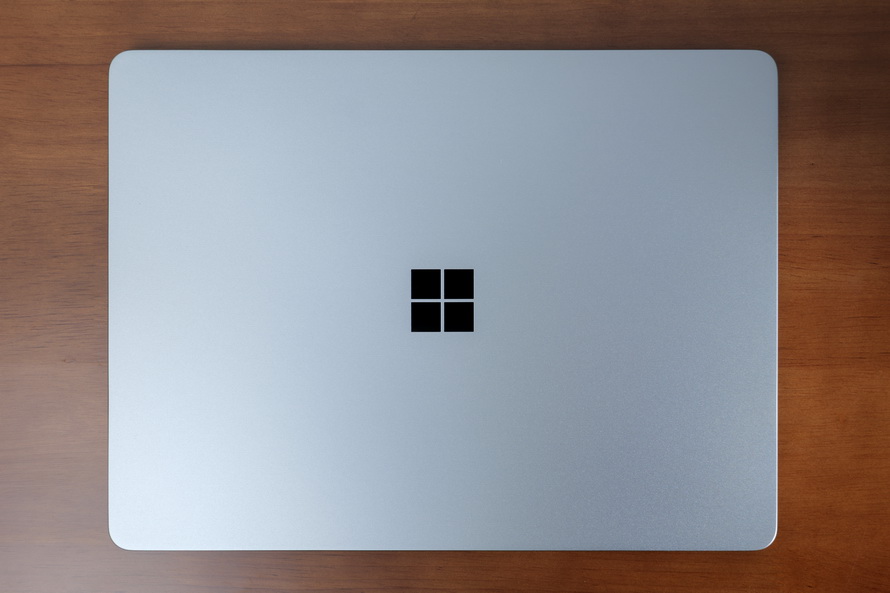
Starting with CINEBENCH 2024, a native ARM-based software, the multi-core score was 673 pts and the single-core score was 103 pts when connected to power. On battery power, the multi-core score was 628 pts and the single-core score was 102 pts, with minimal single-core performance drop, approaching Apple's M1 levels. The multi-core score was 93% of the powered score.
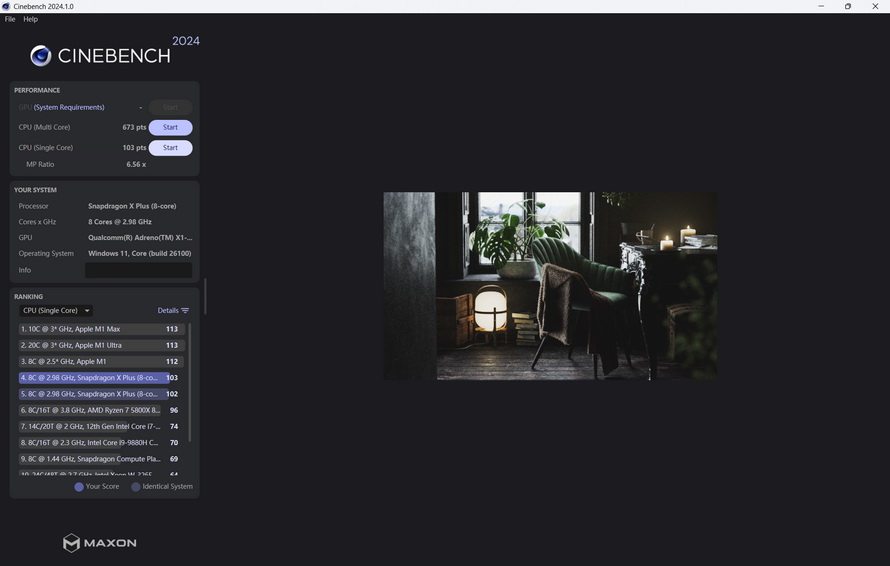
Score under powered condition
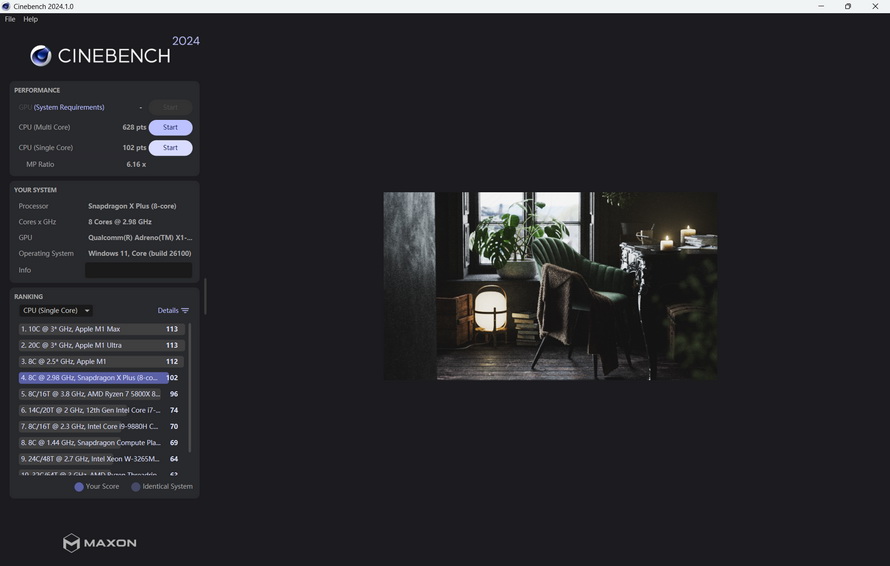
Score under battery-powered condition
Next, 3DMARK, another native software, tested the laptop's performance under both conditions (excluding disk performance). When powered, the CPU Profile scores for maximum threads, 16 threads, and 1 thread were 5845, 6019, and 778, respectively. On battery power, the scores were 5844, 5723, and 773.

Score under powered condition
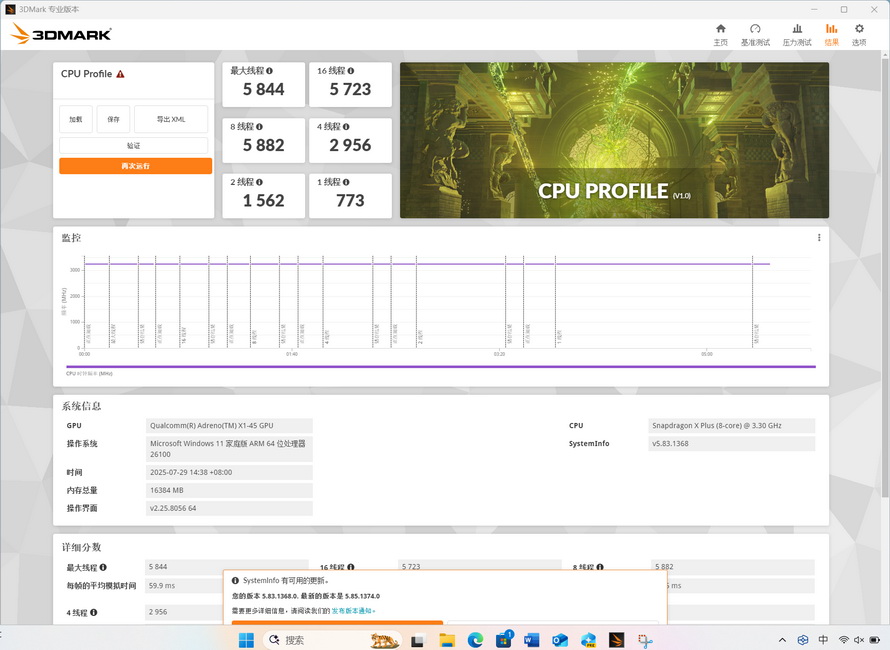
Score under battery-powered condition
In the Wild Life Extreme test, the powered score was 3243, while the battery-powered score was even higher at 3253.
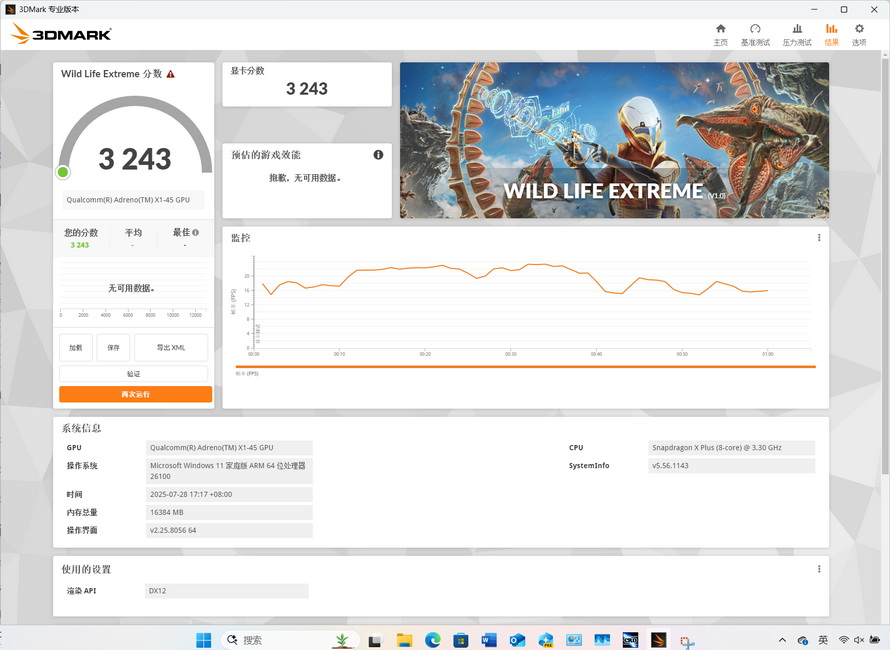
Score under AC power supply
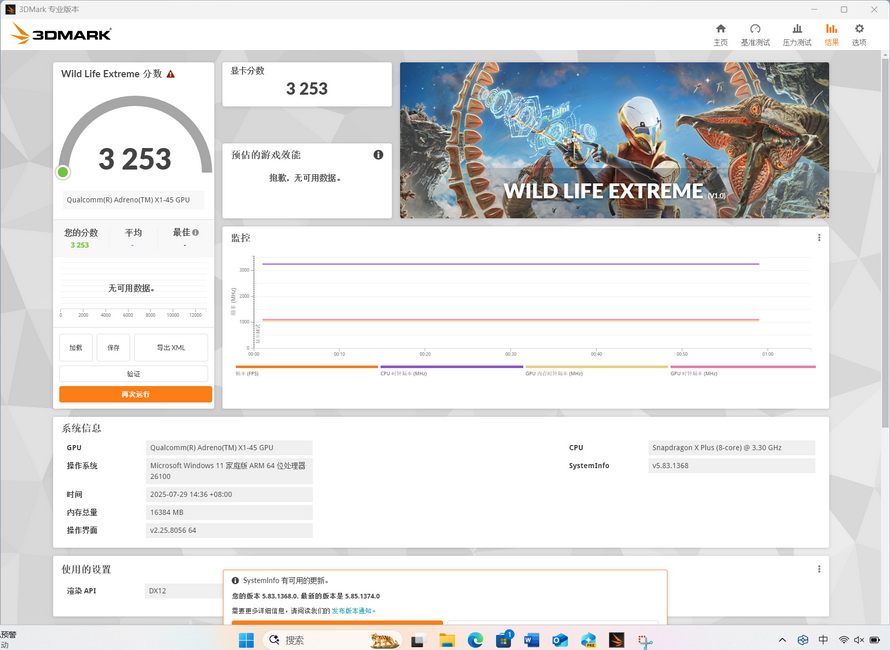
Score under battery power
The final 3DMARK test was the storage benchmark, scoring 1614 with an average bandwidth of 275.83 MB/s and an average access time of 111us.
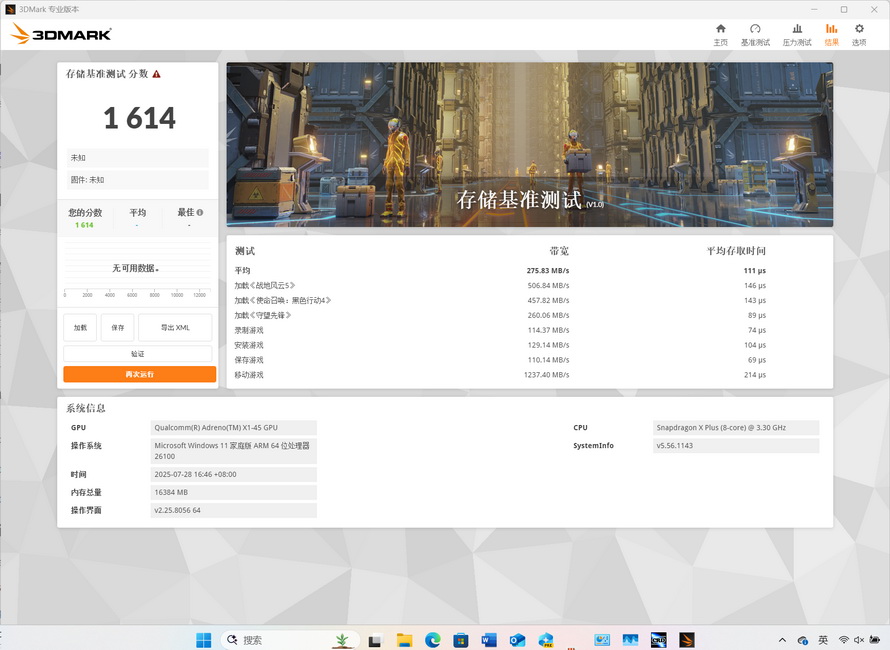
In the battery life test, using the UL Procyon test for video playback, the laptop's screen was set to its brightest level (officially rated at 400 nits), and Media Player was used. The result was an impressive 17 hours and 21 minutes of battery life, surpassing X86 laptops. With over 17 hours of battery life, it's ideal for long international flights.

Based on the tests, the Surface Laptop strikes a balance between power consumption and performance. Its battery life exceeds 17 hours, and performance hardly degrades on battery power.
Conclusion
AI integration is inevitable. The Surface Laptop, a 13-inch Windows 11 AI+ PC, showcases Microsoft's approach to the AI battle. Leveraging ARM processors and NPU for high efficiency, it extends the laptop's battery life. Features like Moments (preview), Enhanced Windows Search, Click to Run (preview), Paint - Remove Background, Live Captions, and Windows Studio Effects significantly enhance usability and productivity, transforming the Surface Laptop into a portable and efficient tool for work.
